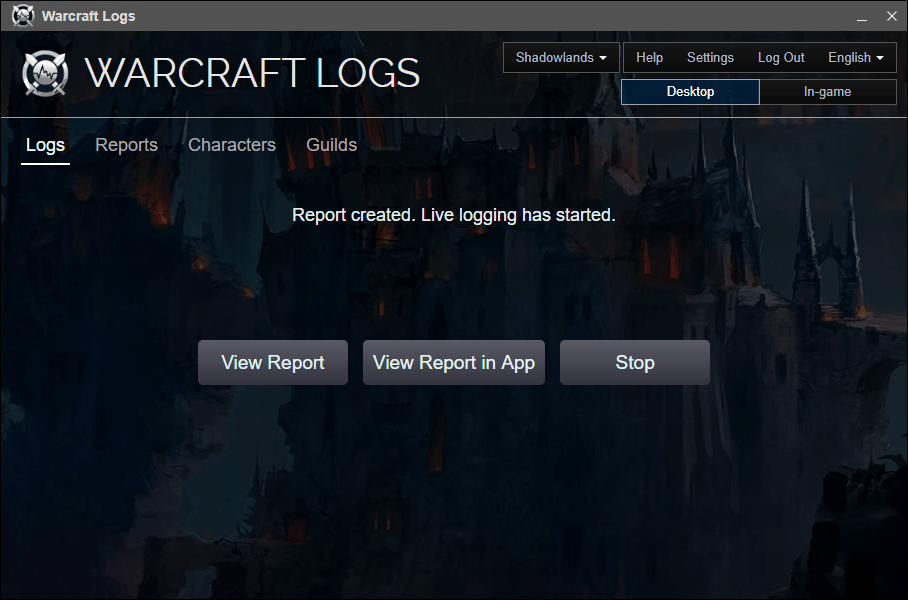

On the title page, you can see things such as raidwide DPS, damage taken, HPS, and healing received. You can use your mouse to highlight over any portion of the fight for specific details. Imbedded into each of the graphs of Warcraftlogs is a tracing feature with your mouse. Seeing the specialization of each DPS helps get a sense of what a raid group used to down a particular boss. You can immediately notice the Guardian Druid, Protection Paladin, Restoration Druid, Restoration Shaman, and various DPS. Notice how incredibly easy it is to see all of the members of your raid without having to hover over their abilities to see what their role was. Here is a shot of the raid composition portion of the title screen: Let's take a look at some of the other features in more detail. Here, you can see that pull for us is a 9:43 kill of 12 man Flex Garrosh. The default display when you load your log will be that of the last pull you had of the raid. When rankings are included with Warcraftlogs, they will be found on this screen as well. There is a lot info here including the date of the log, duration of the entire combat log file, whether or not this log is private or public and when the file expires. When you successfully load your log, you will be brought to a screen that looks like this: Warcraftlogs will automatically generate a Warcraftlogs Archive folder for you and place the file here. Arching it takes up little space, so I suggest you keep it on your computer. Once you upload the file, you can choose to delete the file or archive it. This can be found in: Program Files -> World of Warcraft - > Logs.

Use the Browse feature to locate the text file. When you've closed the logging process or exited WoW, go to upload the log using the Warcraft Logs Uploader. After you are done raiding, deactivate the logging process by typing /combatlog again or simply exit the game client. There should be an option that is unchecked called "Advanced Logging." Select this and then close the menu.Īs you are preparing to raid, all you have to do is type /combatlog in your chatbox and you will start recording combat logs into a text file. You'll want to turn on Advanced Logging which can be found by going into your main settings by hitting Escape. Once you do that, log into World of Warcraft. Install both the Adobe AIR and the Warcraft Logs Uploader. Once you do that, log in and click on the button that says "Upload a Log" near the search bar. Follow the instructions to activate your account. First, head on over to register a user name. So, you're interested in getting a better understanding of combat logs? You've come to the right place. Greetings! Zagam here with what I hope to be a long, detailed explanation of an incredible tool to be used in World of Warcraft to analyze, diagnose, correct, and observe anything imaginable.


 0 kommentar(er)
0 kommentar(er)
